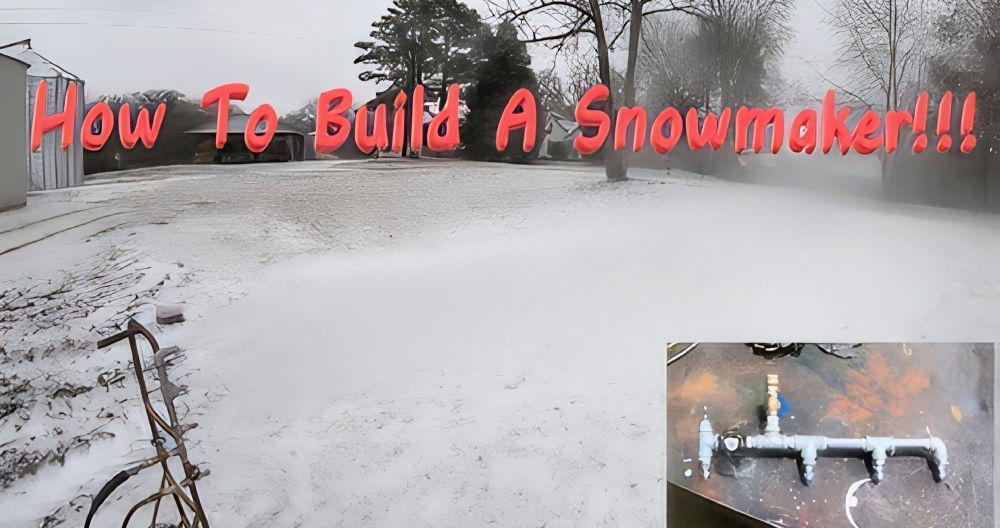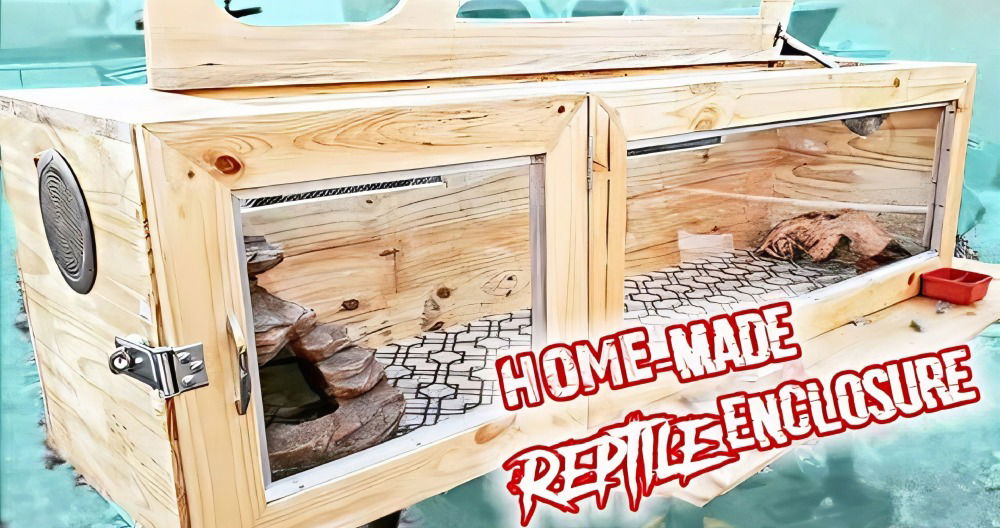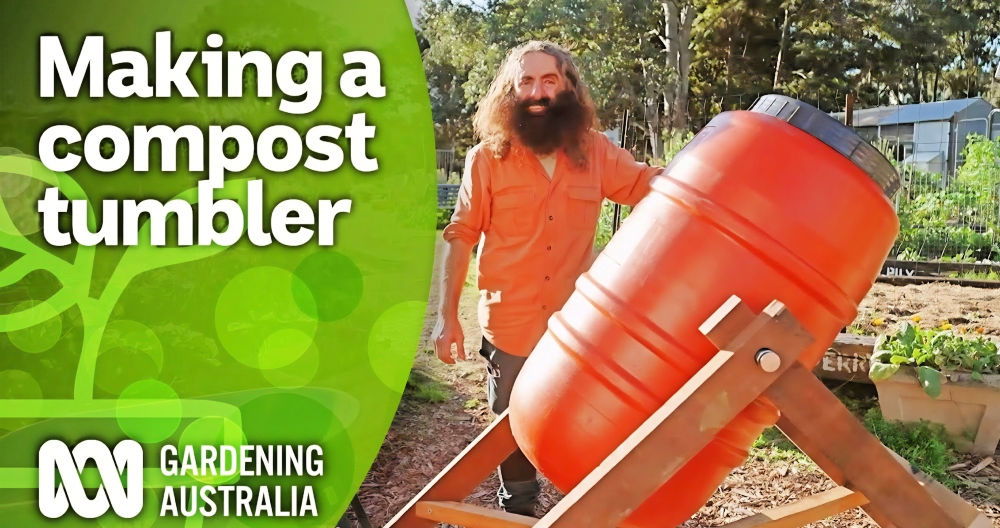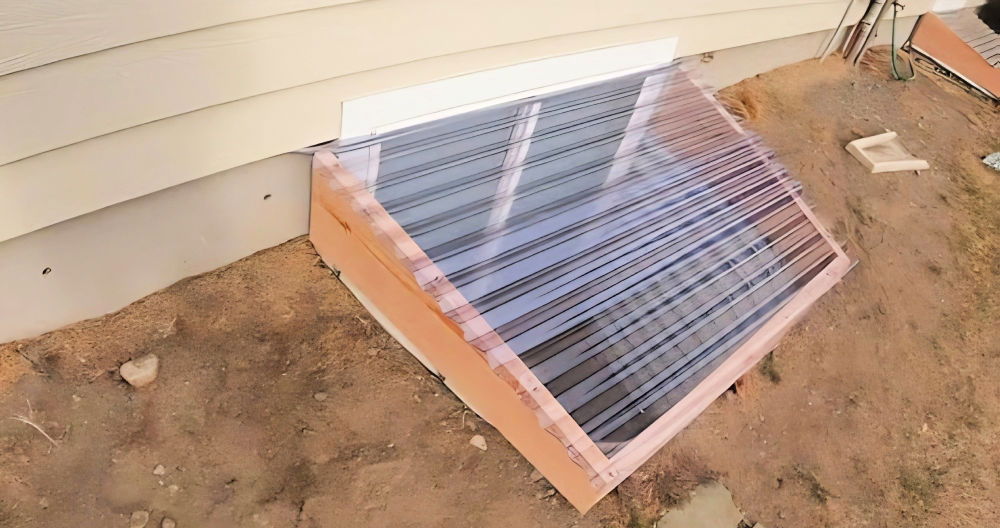Making your own DIY fog machine is an exciting project. I remember my first time experimenting with this idea. I gathered all the materials and followed the steps meticulously, and in the end, the fog filled the room, making a mesmerizing atmosphere. The satisfaction of making something magical with my hands was unforgettable. I still think anyone can do it with the right guide.
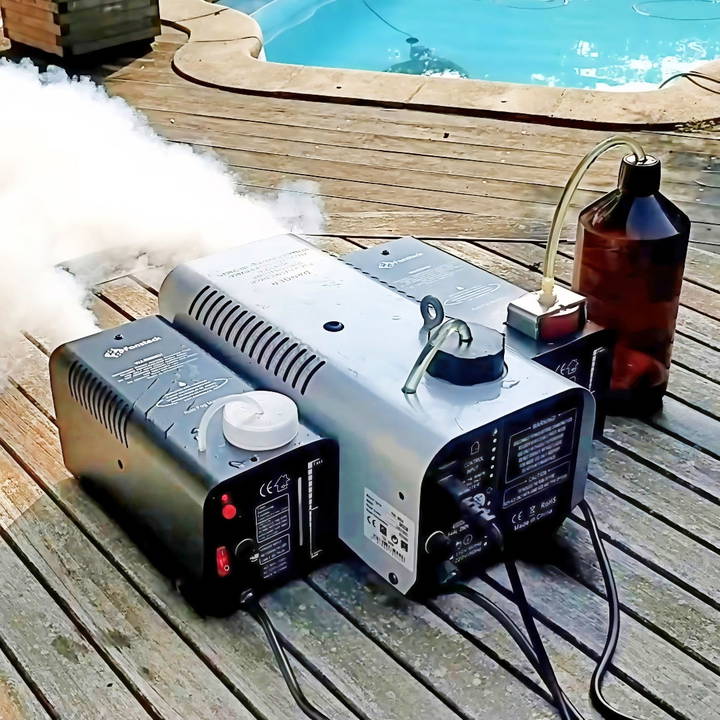
So, if you have ever wondered how to make a homemade fog machine, you are in the right place. It doesn't require expensive tools or advanced skills. By following simple steps, you'll have your very own fog machine ready in no time.
I'm sharing my experience to help you make your own amazing DIY fog machine. These instructions will surely make your project successful.
Fog Machines: Your Guide to Creating Atmosphere
Fog machines are devices that build a thick, smoke-like vapor. This effect is popular in entertainment, parties, and even haunted houses.
How it Works: Fog machines heat a special liquid (fog juice) until it becomes a vapor. This vapor is then released, making the fog effect.
Types of Fog Machines:
- Heater-Based: The most common type, using heat to vaporize fog juice.
- Chiller-Based: Makes a thicker, lower-lying fog, ideal for dramatic effects.
- Ultrasonic: Uses vibrations to build a fine mist, perfect for smaller spaces.
Safety First: Always read the manufacturer's instructions. Proper ventilation is essential.
Materials Needed and Why
- Cheap Fog Machine: Serves as the foundation for the upgrade.
- Pure Vegetable Glycerin and Propylene Glycol: These ingredients are crucial in making a denser, more impressive fog.
- Strawberry Perfume (Optional): To add a pleasant aroma to the fog.
- Vibration Pump (48 watts): Replaces the original pump to increase the fog output.
- Copper Tubing and Brass Fitting: Necessary for connecting the new pump to the heating block.
- Distilled Water: Used in the fog liquid mixture to prevent the pump from working too hard.
Step by Step Instructions
Learn how to make a powerful DIY fog machine with step-by-step instructions on upgrading fog liquid, enhancing the pump, crafting the mix, and testing results.
Step 1: Upgrading the Fog Liquid
The journey began with enhancing the fog liquid. After some research, I found that most commercial fog liquids are a mixture of glycerin, propylene glycol, and a substantial amount of distilled water. However, the water doesn't actually contribute to the fog's visibility; it merely turns to steam. Thus, I experimented with pure vegetable glycerin and propylene glycol. I quickly learned that using them undiluted was not the way to go; pure glycerin was too thick for the pump, and pure propylene glycol produced fog that dissipated too quickly. The sweet spot was a 50/50 mix of glycerin and propylene glycol, providing a perfect balance between thick clouds and durability.
Step 2: Enhancing the Machine with a New Pump
Acknowledging the pump's pivotal role in fog production, I upgraded the original with a more robust 48-watt vibration pump salvaged from an old espresso machine. This pump was capable of reaching pressures up to 20 bar, a significant leap from the original. However, accommodating the new pump required some adjustments, including removing the liquid container to fit the pump in its place and modifying the casing with a Dremel tool for a proper fit.
Step 3: Crafting the Perfect Fog Liquid Mix
With the machine ready, I focused on crafting two liters of my improved fog liquid. I mixed equal parts of glycerin and propylene glycol, adding a few milliliters of strawberry perfume for a touch of fragrance. The resultant liquid was slightly diluted with distilled water to ensure smooth circulation through the new pump setup.
Step 4: Testing and Observations
Taking the upgraded fog machine outdoors for a trial run, I instantly noticed a remarkable difference. The machine, now supercharged with the 50/50 fog liquid and enhanced pump, produced voluminous, lingering clouds that far surpassed the original setup's capabilities. It was clear that the modifications allowed for more efficient evaporation of the glycerin and propylene glycol mixture, resulting in an impressively powerful fog output.
Customization Tips
Customization is essential for a DIY fog machine. Tailor it to fit your needs and preferences. Here are tips to make it uniquely yours.
- Choose the Right Size Think about where you'll use your fog machine. A small room might need a compact unit, while a larger space could benefit from a more powerful machine. Consider the volume of fog you want to produce and select a size that matches your vision.
- Select Your Fog Juice The type of fog juice you use can affect the thickness and longevity of the fog. For a denser fog, look for a fog juice with a higher concentration of glycerin. If you want the fog to dissipate quickly, choose a juice with less glycerin.
- Adjust the Output The nozzle of your fog machine controls the output. You can change the size of the nozzle to increase or decrease the amount of fog produced. Experiment with different nozzle sizes to find the perfect balance for your needs.
- Add Lights and Colors For an extra touch of drama, incorporate lights into your fog machine. LED lights can add a splash of color to the fog, making a stunning visual effect. Choose colors that complement the theme of your event or party.
- Control the Flow Consider adding a timer or a remote control to manage the flow of fog. This allows you to control when the fog is released and for how long, giving you more flexibility during your event.
- Experiment with Scents Did you know you can add scents to your fog? Use essential oils or scent additives to build a fog that not only looks great but smells great, too. This can be especially effective for themed events or attractions.
- Safety Modifications Always keep safety in mind. Ensure your fog machine has proper ventilation and is placed in a safe location. If you're using it indoors, make sure the room is well-ventilated to prevent any discomfort or breathing issues.
By following these tips, you can customize your DIY fog machine to suit any occasion.
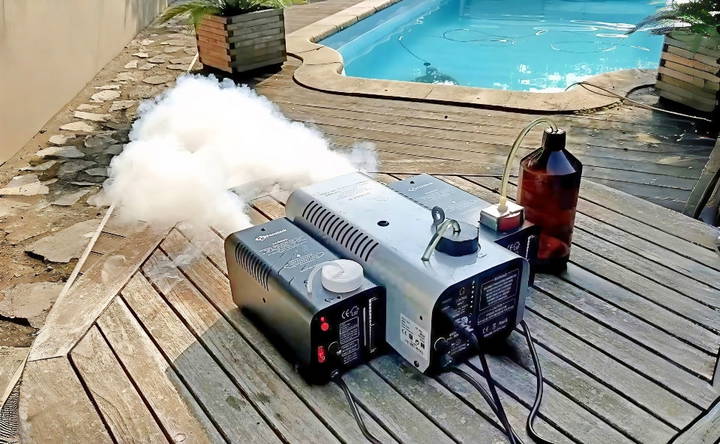
Troubleshooting Common Issues
Building and operating a DIY fog machine can be a fun and rewarding experience, but sometimes, you might encounter issues that need troubleshooting. Here's a guide to help you solve some of the most common problems you may face with your fog machine.
The Fog Machine Won't Turn On
- Check the Power Source: Ensure your fog machine is plugged in and the outlet is functioning.
- Inspect the Fuse: Look for a blown fuse and replace it if necessary.
- Examine the Wiring: Loose or damaged wires can prevent the machine from turning on. Repair or replace them as needed.
Insufficient Fog Output
- Verify Fog Juice Level: Make sure there's enough fog juice in the reservoir.
- Clean the Nozzle: A clogged nozzle can reduce fog output. Clean it with warm water and a soft brush.
- Check the Pump: If the pump is not working properly, it may need to be cleaned or replaced.
Fog is Too Thin
- Adjust Fog Juice Mixture: Increase the glycerin concentration for thicker fog.
- Regulate the Temperature: Ensure the heating element is reaching the correct temperature.
Machine Overheats
- Allow Cooling Time: Give your machine time to cool down between uses.
- Improve Ventilation: Make sure the machine has proper airflow to prevent overheating.
Smells Bad
- Change Fog Juice: Old or low-quality fog juice can produce an unpleasant odor. Use fresh, high-quality juice.
- Clean the Machine: Residue buildup can cause a bad smell. Clean the machine thoroughly.
Fog is Not Evenly Distributed
- Adjust the Fan Speed: Increase the fan speed to spread the fog more evenly.
- Reposition the Machine: Move the fog machine to a better location for even distribution.
Fog Sets Off Smoke Alarms
- Use a Water-Based Fog Juice: This type of juice is less likely to trigger alarms.
- Notify Authorities: If you're using the machine in a public venue, inform the authorities to prevent false alarms.
If unsure, consult a professional. These tips will help you solve common issues and keep your DIY fog machine running smoothly.
Maintenance and Safety
Maintaining your DIY fog machine is crucial for its longevity and safe operation. Here's a straightforward guide to help you keep your fog machine in top condition and ensure it's used safely.
Regular Maintenance
- Check the Fluid Levels: Before each use, make sure you have enough fog juice in the machine. Running it dry can damage the pump.
- Clean the Nozzle: After every few uses, clean the nozzle to prevent clogging. A simple rinse with warm water usually does the trick.
- Inspect the Heating Element: Look for any signs of wear or damage. If it's not working properly, it may need to be replaced.
Safety Tips
- Read the Manual: Always read the manufacturer's instructions carefully, even if you've built the machine yourself.
- Ventilation: Use the fog machine in a well-ventilated area to avoid breathing in the vapor directly.
- Keep Away from Children: Store the machine and fog juice out of reach of children.
- Fire Safety: Keep the machine away from flammable materials and never leave it unattended while it's on.
After-Use Care
- Empty the Reservoir: If you won't be using the machine for a while, empty the fog juice reservoir to prevent mold growth.
- Store Properly: Keep the machine in a cool, dry place when not in use to avoid any moisture damage.
Troubleshooting
- No Fog Production: If the machine stops producing fog, check for a clogged nozzle or an empty fluid reservoir.
- Strange Noises: Unusual sounds could indicate a problem with the pump or fan. Turn off the machine and inspect these components.
Professional Help
- Seek Assistance: If you're unsure about any maintenance steps or encounter a problem you can't fix, don't hesitate to seek professional help.
Follow these guidelines to ensure your DIY fog machine runs smoothly and safely. Regular checks and cleanings save time and money.
FAQs About DIY Fog Machine
Discover everything you need to know about DIY fog machines with our comprehensive faqs guide. Get tips, tricks, and answers to common questions.
While glycerin is a common ingredient, you can experiment with other options. However, the effectiveness may vary, and it’s important to ensure any alternative is safe for use in a fog machine. Always use food-grade or pharmaceutical-grade ingredients.
Yes, it’s safe to build a fog machine at home as long as you follow proper safety guidelines. Use food-grade or pharmaceutical-grade ingredients for the fog juice, and ensure all electrical components are properly insulated and waterproofed to prevent any accidents.
Regular cleaning is not necessary after each use, but periodic maintenance is important to prevent clogging and ensure longevity. Clean the reservoir and check the pump and heating element for any residue buildup.
The amount of fog produced depends on the power of your heating element and the capacity of your fog juice reservoir. Upgrading to a more powerful pump, like a 48-watt vibration pump, can increase the output for thicker fog.
Safety is paramount when operating any device that involves heat and electrical components. Here are some key safety tips:
Always use the fog machine in a well-ventilated area to prevent any respiratory discomfort.
Keep the machine away from flammable materials and never leave it unattended while it's operating.
Use gloves and eye protection when handling chemicals or working on the machine to prevent irritation or injury.
Ensure all electrical connections are secure and use a ground fault circuit interrupter (GFCI) outlet for added safety.
Regularly inspect your machine for any signs of wear or damage, especially before use.
Reflections and Advice
Wrapping up, making your own DIY fog machine can be both a fun and rewarding project. It allows you to build stunning effects for parties or events at a fraction of the cost. By following the proper steps and using the right materials, anyone can make a homemade fog machine. So, gather your supplies, follow our guide on how to make a fog machine, and enjoy the magical ambiance it brings.


